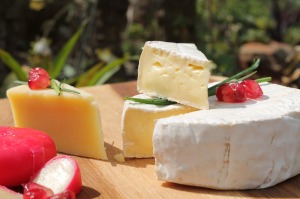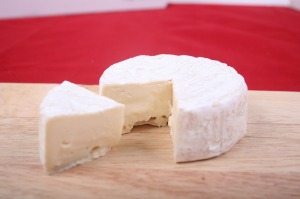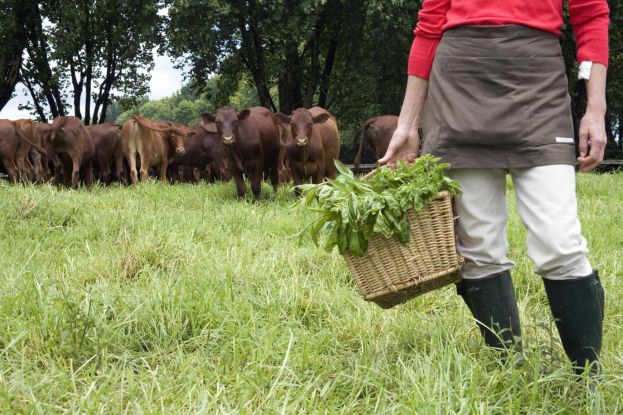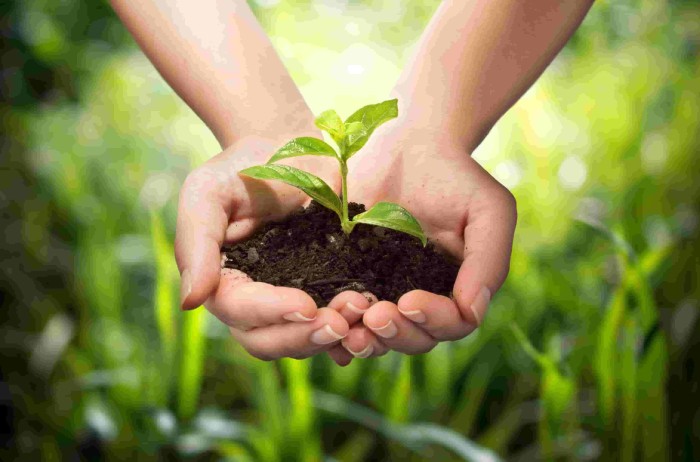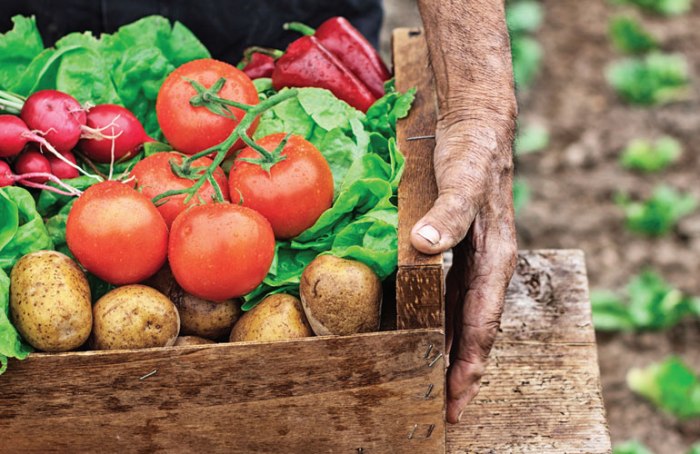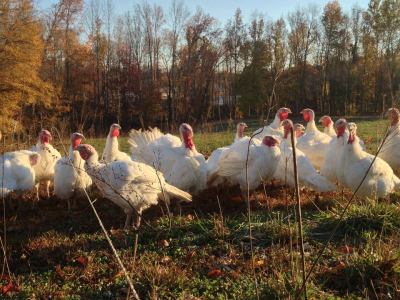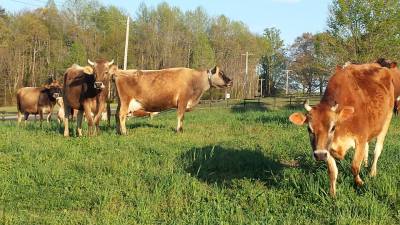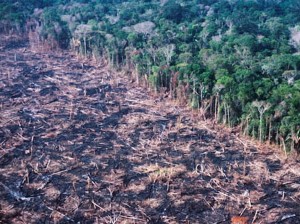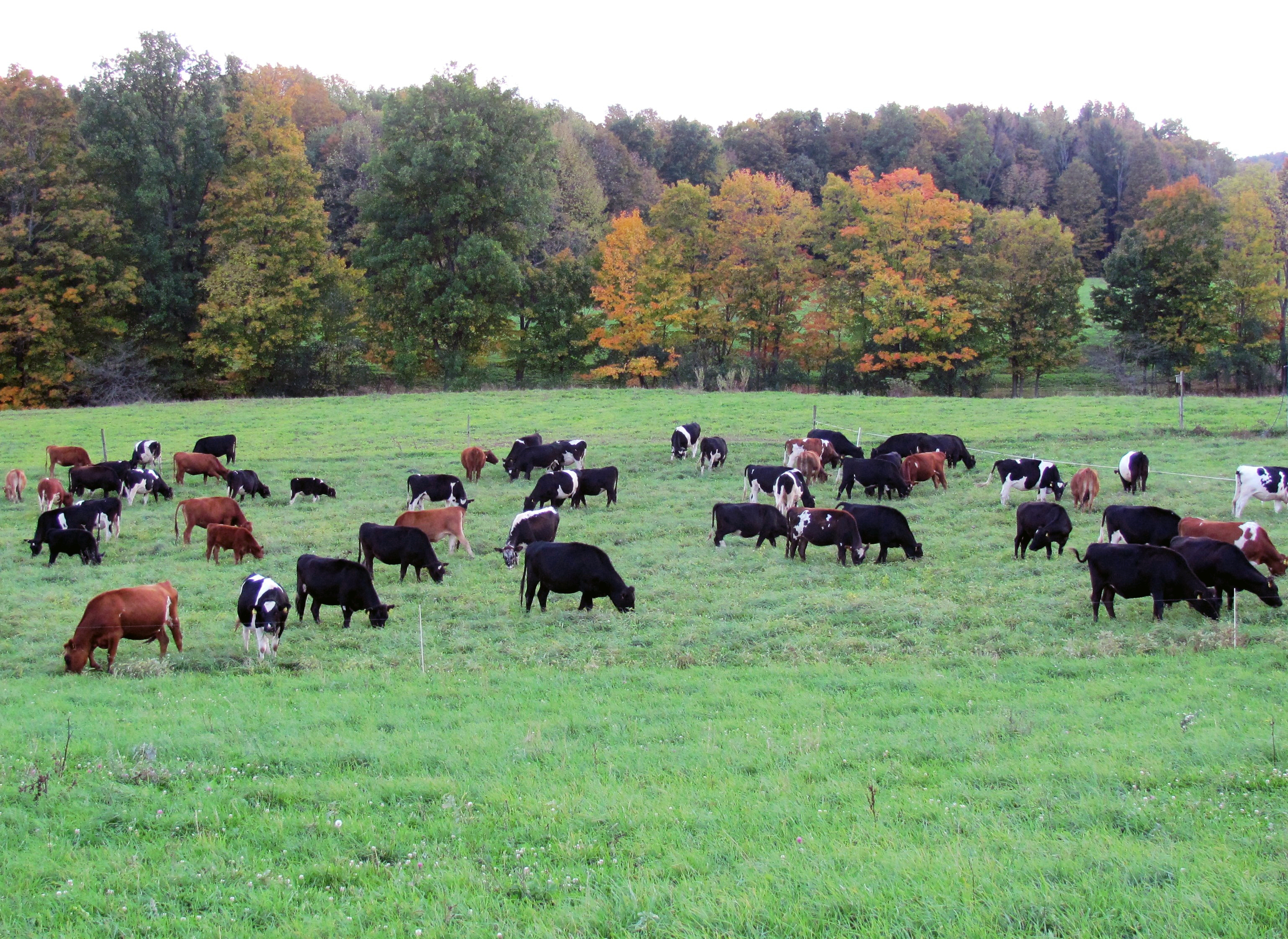
Cheddar is one of those flexible and versatile cheeses that lend themselves to great comfort food. While it plays second fiddle to mozzarella in pizzas (and usually only found in the four-cheese variety), it has since grown chummy with classic American dishes like baked potatoes, bacon, cheeseburgers, and even cheese fries.
This cheese variety also boasts variety: mild cheddars or Colby are aged between three to six months and are usually staples of sandwiches and other quick cheese fixes. More mature cheddars are a bit harder and usually tangier and could even pull a smoky flavor. Meanwhile, the vintage cheddars are for the hardened cheese lovers looking for that distinct bite.
Founded by Geoffrey Morrell, PA Bowen Farmstead in Maryland offers four main artisanal cheeses. One of these is Chesapeake cheddar, a prize-winning artisan cheese at the 2013 American Cheese Society Competition held in Wisconsin.
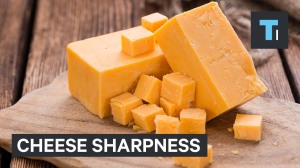
This take on the cheddar significantly lifts from the beloved classic. Its distinction lies in the strong hints of pecan melding well with a buttery background. Its artisanal quality derives mostly from the patience that went into its creation, which was the work of a traditional hand mill and an aging process of a minimum of six months.
The aging environments are closely monitored, the storage humidity levels strictly controlled. The wheels are then processed into clothbound finished products, giving a rustic feel to this unassuming yet beloved grocery isle item.
Geoffrey Morell and Sally Fallon Morell are the owners of P.A. Bowen Farmstead, which is dedicated to raising grass-based livestock and producing artisan cheese. The Morells, who are also co-founders of the Weston A. Price Foundation, purchased the 95-acre Maryland property in 2009. At the farm, Geoffrey has put in 2 miles of road and four bridges to streamline farm operations. For more on the farm’s products, especially its artisanal cheeses, visit this website.


